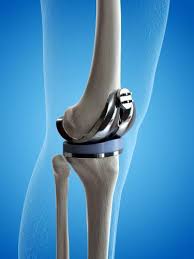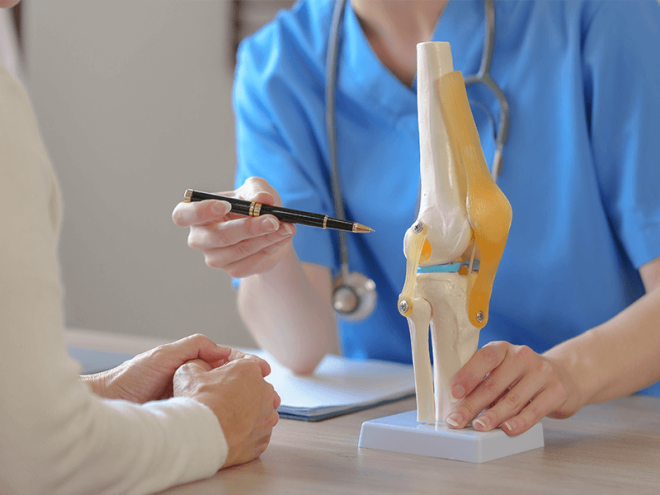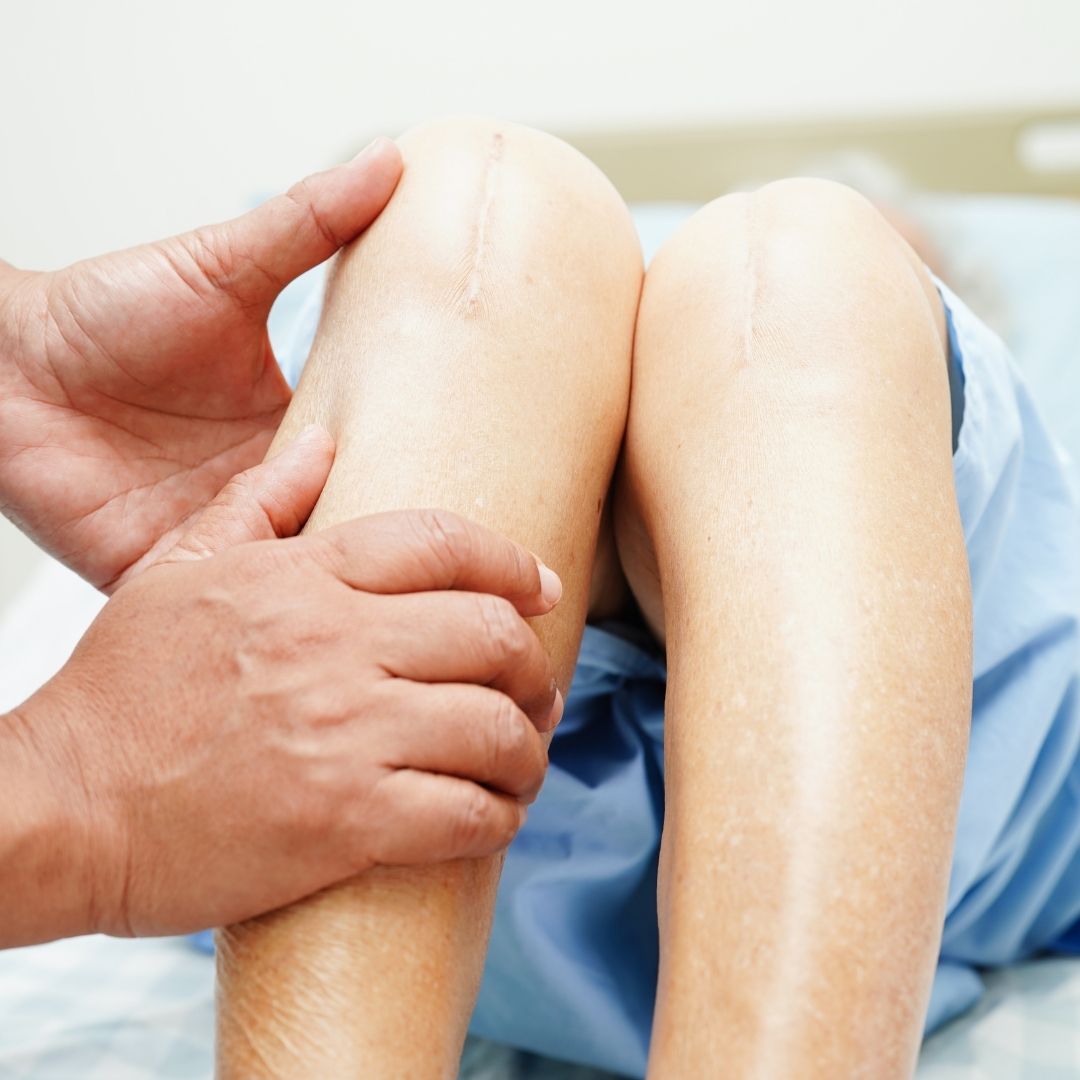
After Carpal Tunnel Surgery
As technology continues to advance, the number of people with carpal tunnel syndrome continues to rise. Carpal tunnel syndrome is a condition that affects the hand and wrist, causing numbness, tingling, and pain.
In severe cases, surgery may be required to relieve the pressure on the nerve in the wrist. Carpal tunnel surgery, also known as carpal tunnel release, is a procedure that involves cutting the ligament that is pressing on the nerve. In this article, we will discuss what to expect after carpal tunnel surgery.
What is Carpal Tunnel Surgery?
Carpal tunnel surgery is a procedure that involves cutting the transverse carpal ligament, which is located at the base of the hand. The ligament presses on the median nerve, which passes through the carpal tunnel in the wrist. The goal of carpal tunnel surgery is to relieve pressure on the nerve and alleviate the symptoms of carpal tunnel syndrome.
The surgery is typically performed under local anesthesia, and the patient may be given a sedative to help them relax. The surgeon will make a small incision in the wrist and cut the ligament. After the ligament is cut, the pressure on the nerve is relieved, and the symptoms of carpal tunnel syndrome should improve.
What to Expect After Carpal Tunnel Release?
After carpal tunnel surgery, the patient can expect some discomfort and swelling in the wrist and hand. The discomfort may last for several weeks, and pain medication may be prescribed to help manage the pain. The hand and wrist may be bandaged or placed in a splint to help reduce swelling and promote healing.
It is important to keep the surgical area clean and dry to prevent infection. The patient should also avoid using the hand and wrist for any strenuous activities or heavy lifting for several weeks after surgery. Light exercises and range of motion activities may be recommended to help prevent stiffness in the hand and wrist.
In addition to discomfort and swelling, the patient may experience some numbness or tingling in the hand and fingers. This is normal and should improve as the nerve heals. It is important to keep the hand elevated and to avoid any activities that may cause further pressure on the nerve.

Complications After Carpal Tunnel Surgery
Like any surgery, carpal tunnel release surgery carries some risks and potential complications. Some common complications after carpal tunnel surgery include infection, bleeding, and nerve damage.
Infection can occur if the surgical site is not kept clean and dry. Symptoms of infection may include redness, swelling, and fever. If you notice any signs of infection, it is important to contact your doctor immediately.
Bleeding can occur during surgery or after surgery if the wound opens. The doctor will monitor the wound for bleeding during surgery, and the patient will be instructed to keep the surgical site clean and dry to prevent bleeding after surgery.
Nerve damage can occur if the nerve is cut or damaged during surgery. Symptoms of nerve damage may include numbness, tingling, or weakness in the hand and fingers. In some cases, additional treatment or surgery may be necessary to repair the nerve damage.
What Should You Do and Not Do After Carpal Tunnel Surgery?
After carpal tunnel surgery, it is important to follow the doctor’s instructions for recovery. The patient should avoid using the hand and wrist for any strenuous activities or heavy lifting for several weeks after surgery. Light exercises and range of motion activities may be recommended to help prevent stiffness in the hand and wrist.
It is important to keep the surgical area clean and dry to prevent infection. The patient should avoid getting the bandage or splint wet and should follow the doctor’s instructions for changing the bandage or splint.
The patient should also avoid smoking, as smoking can interfere with the healing process. It is important to maintain a healthy diet and to drink plenty of fluids to promote healing.
Recovery Timeline After Carpal Tunnel Surgery
The recovery timeline after carpal tunnel surgery may vary from person to person and may depend on the severity of the condition and the type of surgery performed. In general, the patient can expect to return to normal activities within a few weeks to a few months after surgery.
During the first few days after surgery, the hand and wrist may be bandaged or placed in a splint. The patient may experience some discomfort and swelling during this time, and pain medication may be prescribed to manage any pain.
After a few days, the bandage or splint may be removed, and the patient may begin light exercises and range of motion activities to prevent stiffness in the hand and wrist. The doctor may recommend physical therapy to help speed up the recovery process.
The patient may need to take time off from work or other activities to allow the hand and wrist to heal. The length of time needed for recovery will depend on the type of surgery performed and the extent of the nerve damage.
In general, the patient can expect to return to normal activities within a few weeks to a few months after surgery. However, it may take several months for the nerve to fully heal, and the patient may experience some numbness or tingling in the hand and fingers during this time.
The Study of After Carpal Tunnel Surgery
In a recent study conducted at a leading orthopedic hospital, 150 patients who underwent carpal tunnel surgery were assessed for their post-surgery recovery experiences. The study found that, on average, patients reported a pain level of 4 on a scale of 1 to 10 immediately after the surgery, with this discomfort gradually subsiding over the next few weeks. Most patients required pain medication during the initial recovery period. The study also showed that, after following the doctor’s post-operative instructions, patients successfully regained their hand and wrist functionality within a few weeks to a few months following surgery. The research highlights the typical pain experience and expected recovery timeline after carpal tunnel surgery, providing valuable insights for individuals considering the procedure.
How Painful Is It After Carpal Tunnel Surgery?
After carpal tunnel surgery, the patient can expect some level of pain and discomfort. The pain may be managed with pain medication prescribed by the doctor. The level of pain may vary from person to person and may depend on the severity of the condition and the type of surgery performed.
The discomfort may be more intense immediately after surgery but should subside over time. The hand and wrist may be swollen and tender for several weeks after surgery, and the patient may need to avoid using the hand for any strenuous activities or heavy lifting during the recovery period.
It is important to follow the doctor’s instructions for pain management and to report any unusual pain or discomfort to the doctor. In some cases, further treatment or medication may be necessary to manage pain after carpal tunnel surgery.
Carpal Tunnel Surgery with Healthy Türkiye
Carpal tunnel surgery is a common procedure that can help relieve the symptoms of carpal tunnel syndrome. After surgery, the patient can expect some discomfort and swelling in the hand and wrist and may need to avoid using the hand for any strenuous activities or heavy lifting for several weeks.
It is important to follow the doctor’s instructions for recovery and to report any unusual pain or discomfort to the doctor. With proper care and management, most patients can expect to return to normal activities within a few weeks to a few months after surgery.



